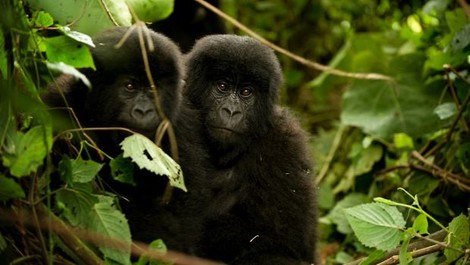Your podcast discovery platform
Curious minds select the most fascinating podcasts from around the world. Discover hand-piqd audio recommendations on your favorite topics.

piqer for: Climate and Environment Boom and bust Global finds
Didem Tali is an award-winning journalist covering international development, gender, displacement and environment issues for English-language media around the world.
How Artificial Intelligence Can Fight Deforestation In Congo
The rainforest of the Democratic Republic of Congo (DRC) is the second biggest in the world after the Amazon. However, due to the devastating conflict, illegal mining, logging, farming and infrastructure development, the forest is shrinking every year.
A new artificial intelligence technique that can identify which areas of the forest are most vulnerable to deforestation can preserve DRC’s forests.
The scientific community has long considered protecting forests to be one of the cheapest and most effective ways to reduce the emissions driving global warming. That said, in this vast country, the conservation efforts were challenged by the lack of precise data.
"We don't have fine-grain information on what is actually happening on the ground," said Thomas Maschler, a researcher at the World Resources Institute (WRI).
To address this, Maschler and his colleagues used a computer algorithm based on machine learning, a type of artificial intelligence.
The computer was fed data detailing how the landscape in a number of regions, accounting for almost a fifth of the country, had changed between 2000 and 2014.
"Now, we can say: 'actually the corridor along the road between these two villages is at risk'," Maschler added.
This type of analysis is expected to help conservation groups to identify priority areas, as well as influence policy.
